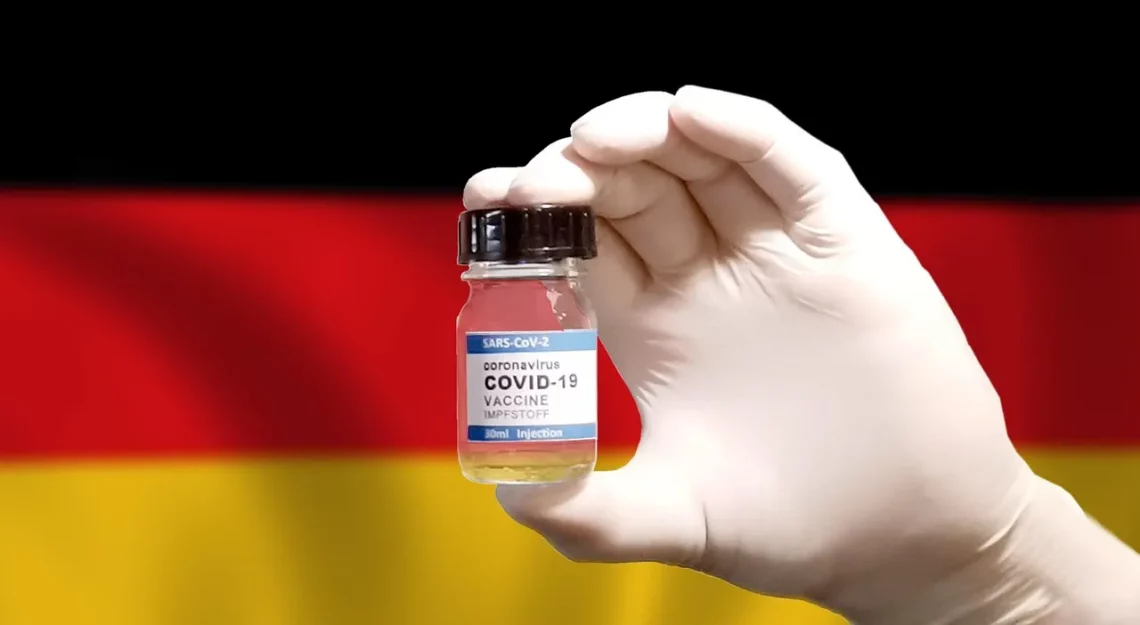-
Doxycycline vs Tetracycline: Key Differences and Uses Explained
Doxycycline and tetracycline are both part of the tetracycline class of antibiotics, which are widely used to treat a variety of bacterial infections. These medications have been instrumental in the fight against infectious diseases due to their ability to inhibit bacterial protein synthesis, thereby preventing the growth and reproduction of bacteria. The effectiveness of these antibiotics has made them a staple in both clinical and outpatient settings. However, while they share a common origin and mechanism of action, doxycycline and tetracycline exhibit significant differences in terms of their pharmacokinetics, spectrum of activity, and potential side effects. Understanding these differences is crucial for healthcare providers when determining the most appropriate treatment…
-
Azithromycin vs Cipro: Understanding Their Differences and Uses
The world of antibiotics is vast and complex, with many options available to treat various bacterial infections. Two commonly prescribed antibiotics, Azithromycin and Ciprofloxacin, represent distinct classes of medications that serve specific purposes in fighting infections. Both drugs have unique mechanisms of action, side effects, and spectrum of activity, making them suitable for different types of bacterial pathogens. Azithromycin, a macrolide antibiotic, is often favored for its ability to treat respiratory infections, skin infections, and some sexually transmitted diseases. Its convenient dosing schedule and relatively mild side effect profile make it a popular choice among healthcare providers. On the other hand, Ciprofloxacin, a fluoroquinolone, is known for its broad-spectrum activity…
-
Imbruvica vs Brukinsa: Comparing Two Leading Cancer Treatments
Imbruvica and Brukinsa are two prominent medications utilized in the treatment of certain blood cancers, particularly chronic lymphocytic leukemia (CLL) and mantle cell lymphoma (MCL). Both drugs belong to a category of targeted therapies known as Bruton’s tyrosine kinase (BTK) inhibitors. These medications have emerged as essential treatment options for patients who may not respond to traditional chemotherapy or who prefer less invasive treatment alternatives. The advent of targeted therapies like Imbruvica and Brukinsa represents a significant shift in oncology, emphasizing the importance of personalized medicine in treating complex diseases. Understanding the differences and similarities between these two drugs can empower patients and caregivers to make informed choices about their…
-
Pantoprazole vs Prevacid: Which Proton Pump Inhibitor is Better?
Pantoprazole and Prevacid are two medications commonly used to treat conditions related to excessive stomach acid, such as gastroesophageal reflux disease (GERD) and peptic ulcers. Both drugs fall under the category of proton pump inhibitors (PPIs), which work by blocking the proton pump in the stomach lining, thereby reducing the production of gastric acid. The increasing prevalence of acid-related disorders in the modern world has led to a growing interest in these medications, as they offer relief from discomfort and help prevent more severe complications. Understanding the differences and similarities between Pantoprazole and Prevacid is essential for patients and healthcare providers alike. With various options available, choosing the right medication…
-
Understanding Bordetella Vaccine Side Effects: What You Need to Know
Vaccination plays a vital role in maintaining the health and well-being of pets, particularly dogs. Among the various vaccines available, the Bordetella vaccine is essential for preventing kennel cough, a highly contagious respiratory illness in dogs. This vaccine is often required for dogs that are frequently in contact with other dogs, such as those attending daycare, grooming, or boarding facilities. While the Bordetella vaccine is generally considered safe and effective, pet owners should be aware that, like any medical intervention, it can come with potential side effects. Understanding these side effects is crucial for pet owners to make informed decisions regarding their dog’s health care. When considering vaccination, it is…
-
Understanding Bordetella Vaccine Side Effects and Their Management
Vaccination plays a crucial role in maintaining the health and well-being of pets, particularly dogs. One commonly administered vaccine is the Bordetella vaccine, which protects against Bordetella bronchiseptica, a bacterium responsible for kennel cough, a highly contagious respiratory disease. While vaccines offer significant benefits in preventing illness, they can also be associated with certain side effects. Understanding these side effects and how to manage them is essential for pet owners to ensure their furry companions remain healthy and happy. When considering vaccinations, it is important to recognize that the immune response triggered by a vaccine can vary from one individual to another. Factors such as age, breed, pre-existing health conditions,…
-
Can You Safely Take Gabapentin with Tramadol Together?
Gabapentin and tramadol are medications commonly prescribed for the management of pain and certain neurological conditions. Gabapentin is primarily used to treat nerve pain and seizures, while tramadol is an opioid pain reliever that is effective for moderate to severe pain. Both medications work through different mechanisms in the body, which can sometimes lead to questions about their safety when taken together. When considering the simultaneous use of gabapentin and tramadol, it’s essential to understand the potential interactions and side effects that may arise. Each of these drugs has a unique profile, and their combined effects can vary from person to person. Patients must be aware of how these medications…
-
Can You Safely Take Gabapentin with Tramadol Together?
Gabapentin and tramadol are two medications commonly prescribed for various conditions, including nerve pain and anxiety. Understanding their individual effects, interactions, and potential side effects is crucial for anyone considering their simultaneous use. Gabapentin is primarily used to treat seizures and neuropathic pain, while tramadol is an opioid pain reliever that can help manage moderate to severe pain. The unique mechanisms of action for each medication mean that their combined use could have different implications for patients. As patients explore their treatment options, they may have questions about the safety of taking these medications together. The need for effective pain management is often urgent, and both gabapentin and tramadol can…
-
Understanding BPC 157 Side Effects in Men: What to Know
Understanding the mechanisms behind various compounds and their effects on the human body has become increasingly important in the world of health, fitness, and wellness. Among these compounds, BPC 157 has gained significant attention for its purported healing properties and benefits. Originally developed from a protein found in the gastric juice of pigs, this peptide is believed to promote tissue repair, enhance recovery, and improve overall physical performance. As with any substance, particularly those that influence biological processes, it is crucial to understand not only the potential benefits but also the side effects associated with its use. While many users report positive experiences, it is essential to delve deeper into…
-
Understanding Horse Bute: Uses, Benefits, and Precautions
The equine world is filled with various medications and treatments, each designed to address specific health issues in horses. One such treatment that has gained popularity among horse owners is phenylbutazone, commonly known as “bute.” This non-steroidal anti-inflammatory drug (NSAID) has been used for decades to manage pain and inflammation in horses. While its effectiveness is widely recognized, understanding the nuances of its use, benefits, and potential risks is crucial for anyone involved in equine care. Bute works by inhibiting cyclooxygenase enzymes, which play a key role in the production of prostaglandins—compounds that promote inflammation, pain, and fever. By reducing these inflammatory responses, bute provides relief to horses suffering from…







































